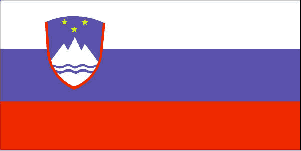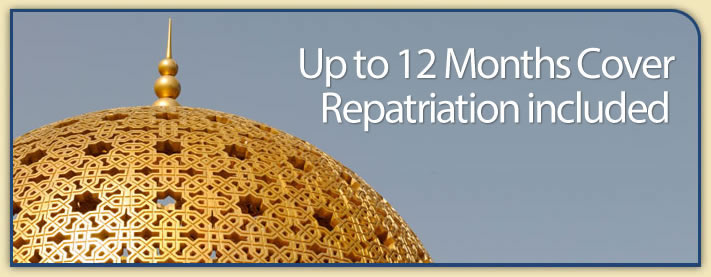Country Guide • Slovenia

Slovenia is one of the smallest countries in Europe, it lies between the Alps and the Mediterranean. Slovenia is a republic of the former socialist Yugoslavia. It is bound by the Gulf of Trieste to the south west, Italy to the west, Austria to the north, Hungary to the north east and Croatia to the south and south east.
| Official Name | Republic of Slovenia |
|---|---|
| Area | 20,251km² (7,819mile²) |
| Population | 1,935,000 |
| Continent | Europe |
| Population per mile² | 247 |
| Capital City | Ljubljana |
| Religions | Roman Catholic (Uniate 2%) 70.8%, Lutheran 1%, Muslim 1%, atheist 4.3%, other 22.9% |
| Language | Slovenian 91%, Serbo-Croatian 6%, other 3% |
| Government | Parliamentary democratic republic |
| Member of EU | No |
| Currency | Slovenian Tolar |
| GDP | $36 billion |
| GDP per Head | $18,000 |
| Natural Resources | Lignite coal, lead, zinc, mercury, uranium, silver, hydropower, forests |
| Land Use | Arable Land 11.48% |
| Agriculture | Potatoes, hops, wheat, sugar beets, corn, grapes; cattle, sheep, poultry |
| Industry | Ferrous metallurgy and aluminum products, lead and zinc smelting, electronics (including military electronics), trucks, electric power equipment, wood products, textiles, chemicals, machine tools |
| Tourism | Slovenia has lots to offer including the snow capped peaks of the Alps and Triglav National Park with its numerous glacial valleys, gorges, waterfalls, lakes, and clear wild rivers which attract hikers seeking the tranquility of mountains as well as climbers, skiers, canoeists, paragliders, and all those whose thrills come through the pursuit of more extreme sports. There are more than one hundred subterranean caves open to the public in Slovenia, ranging from the world-renowned Postojna and Škocjan caves with their picturesque stalactites, stalagmites, and translucent curtains to less accessible caves you can explore in the company of experienced local guides. A mere two-hour drive separates the rugged mountain peaks from the alluring waters of the sunny Adriatic and the excellent cuisine and wines of Slovenia's coastal region. Along with the wines produced under the influence of the Mediterranean climate, Slovenia is also renowned for its wines from the hills of the Brda, Posavje, and Podravje winegrowing regions. Slovenia's many thermal and mineral springs are the foundation of world-renowned natural health resorts where families, businessmen, patients, and those who enjoy active holidays can recuperate and regain their strength and energy |
| Natural Hazards | Flooding and earthquakes |
| Health Risks | None |
| Climate | Slovenia has a moderately continental climate inland with cold winters and warm summers while along the coast the climate can be described as subtropical Mediterranean. Average annual rainfall varies from 31 - 79 inches, although it can exceed 79 inches in the mountains. Average temperature ranges are from 0 to 2°C in January to 18 to 19°C in July |
| Time | GMT/UTC+1 hour (+ 2 hours from last Sunday in March to Saturday before last Sunday in October) |
| National Days | April 27 Resistance Day, May 1-2 Labour Day Holiday, June 25 National Day, August 15 Assumption, October 31 Reformation Day, November 1 All Saints’ Day |
| Visas | British nationals do not require a visa to visit Slovenia for a period of less than 91 days per year. Citizens of Australia, Canada, Israel, Japan, Hong Kong, the USA and most European countries do not require visas for stays of up to 90 days. Citizens of other countries can get 90-day visas in advance at any Slovenian embassy or consulate, or 30 day visas on arrival |
| British Embassy | Embassy Details |
Information Only
The content above is for information purposes only and we have tried to ensure that the information is as accurate as possible. We cannot accept any responsibility for any inconvenience, loss or injury as a result of the information above. You should always check and verify any critical information like visas, health and safety and customs with the relevant authorities before you travel since information can change at any time.



